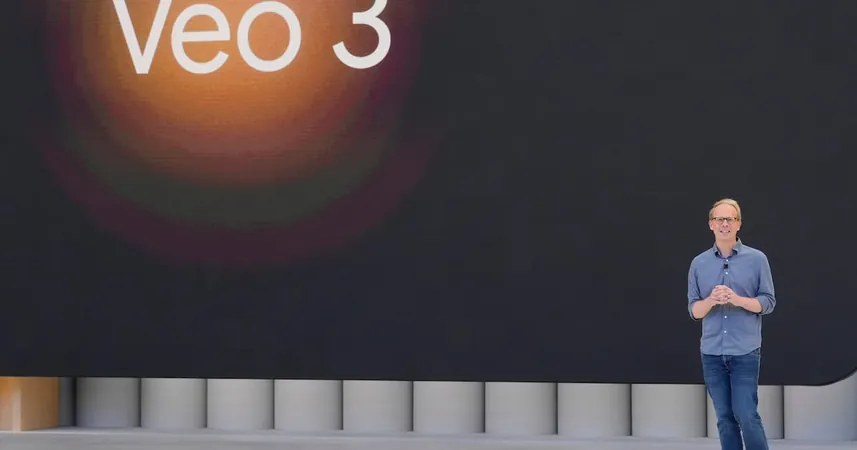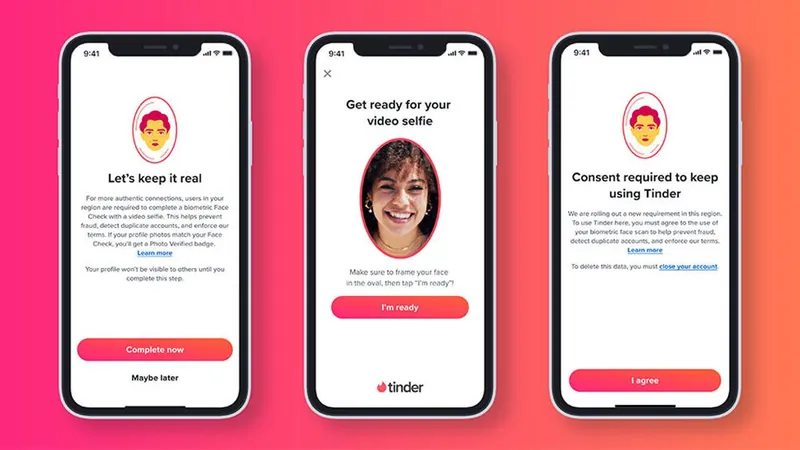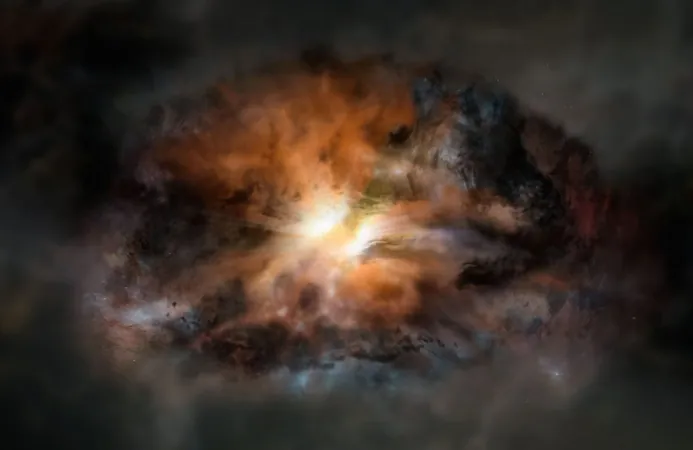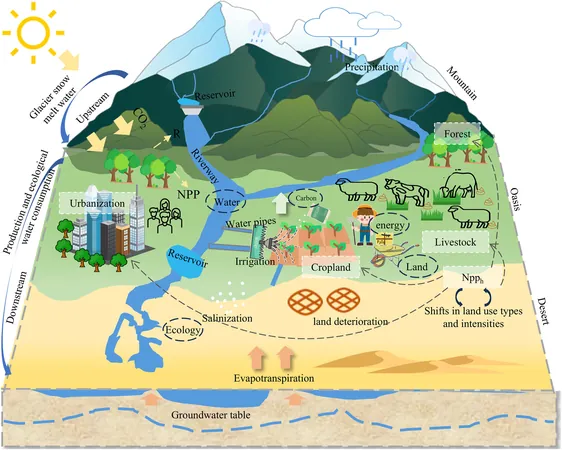
Mind-Blowing or Terrifying? Google’s New AI Video Generator Sparks Debate
2025-05-22
Author: William
A jaw-dropping video of a stand-up comedian flawlessly delivering a punchline—lips perfectly synced to the audio—has rapidly gone viral, showcasing the astonishing capabilities of Google’s new AI tool, Veo 3.
From that uncanny comedy act to a catchy musical tribute to garlic bread, the recent examples of Veo 3’s prowess are igniting a mix of excitement and alarm across social media.
"I got chills down my spine when I first saw this—there were no telltale signs that it was AI-generated. It was just that realistic," remarks tech analyst Carmi Levy.
Unlike previous text-to-video programs that often produced choppy or low-quality visuals, Veo 3 delivers seamless lip syncing, stunning graphics, and synchronized audio—from speech to sound effects. Levy adds, "This makes the entire creation process significantly easier. Now, even those without technical skills can craft almost lifelike videos from scratch."
Currently, Veo 3 is available exclusively to subscribers of Google’s US$249 ultra subscription in the United States. Early adopters are raving about its impressive results, especially given the infancy of public text-to-video technology, which only debuted in 2022.
"It looks so real that it’s downright scary. In the wrong hands, this tech could cause incredible chaos," Levy warns.
One eye-opening montage shows AI-generated figures repeating phrases like "we can talk" and "what should we talk about?" raising serious questions about how this technology could be misused to deceive audiences.
Mark Daley, Chief AI Officer at Western University, notes, "This is a significant leap forward—not just in adding sound but in how accurately it follows prompts. It’s a game changer."
While Google is tight-lipped about the data that trained Veo 3, experts believe it draws from the vast array of content available on YouTube, owned by Google. Daley explains, "Neural networks require extensive datasets for training. If you’re aiming for a model that excels at creating visuals and audio, YouTube is likely the largest source."
Aengus Bridgman, director of the Media Ecosystem Observatory focused on Canada’s digital landscape, raises a red flag: the stakes are high as this technology becomes increasingly indistinguishable from real footage.
"While there’s fun to be had, the primary concern is its potential for misinformation. It will be nearly impossible for the average person to discern what’s real from AI-generated content," warns Bridgman.
He advises the public to be cautious with unfamiliar sources, advocating for reliance on trusted content creators who prioritize verification. "Doing a forensic analysis can reveal inconsistencies, but accessing the raw files is often necessary," he adds.
Although Google is marketing Veo 3 as a breakthrough tool for creators, many worry it could disrupt the film and television industry, leading to job losses and major shifts in production.
"It’s only a matter of time before we see an entirely AI-generated film hit the screens," predicts Levy.









 Brasil (PT)
Brasil (PT)
 Canada (EN)
Canada (EN)
 Chile (ES)
Chile (ES)
 Česko (CS)
Česko (CS)
 대한민국 (KO)
대한민국 (KO)
 España (ES)
España (ES)
 France (FR)
France (FR)
 Hong Kong (EN)
Hong Kong (EN)
 Italia (IT)
Italia (IT)
 日本 (JA)
日本 (JA)
 Magyarország (HU)
Magyarország (HU)
 Norge (NO)
Norge (NO)
 Polska (PL)
Polska (PL)
 Schweiz (DE)
Schweiz (DE)
 Singapore (EN)
Singapore (EN)
 Sverige (SV)
Sverige (SV)
 Suomi (FI)
Suomi (FI)
 Türkiye (TR)
Türkiye (TR)
 الإمارات العربية المتحدة (AR)
الإمارات العربية المتحدة (AR)